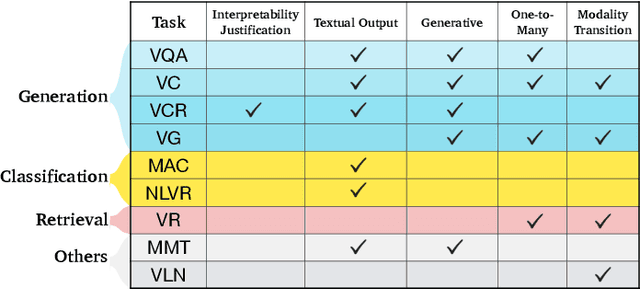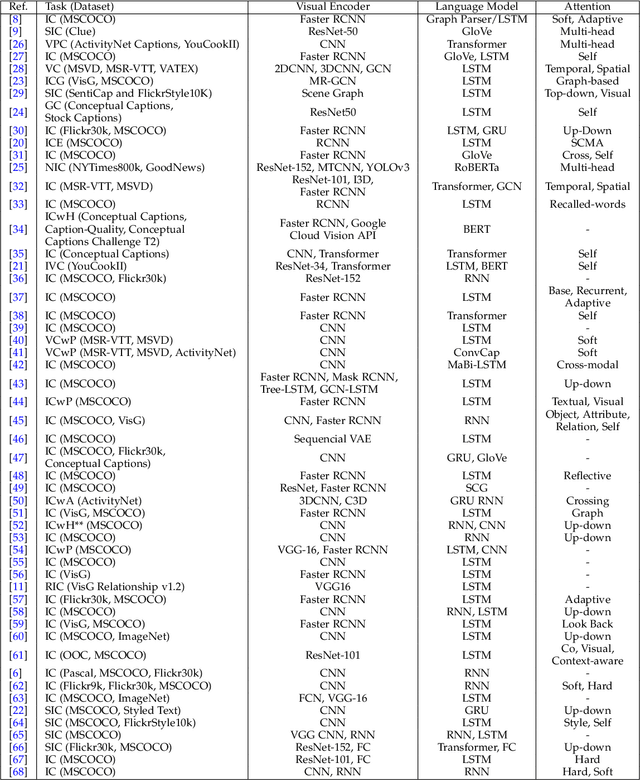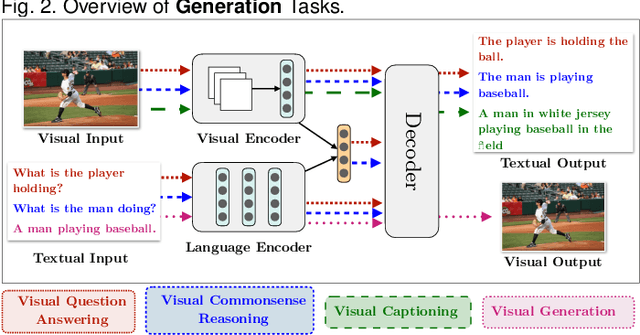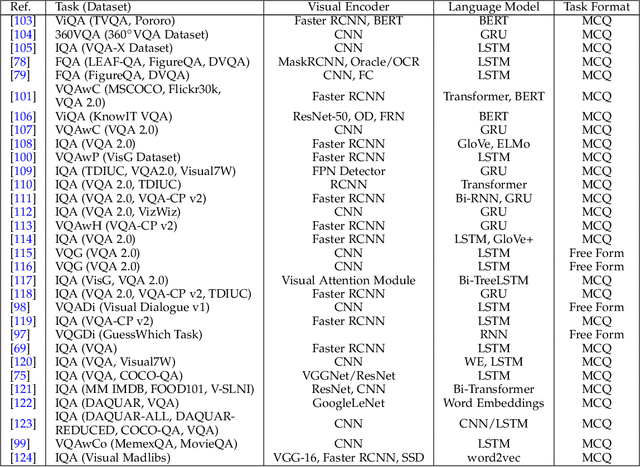Navonil Majumdar
ReMask: A Robust Information-Masking Approach for Domain Counterfactual Generation
May 04, 2023



Abstract:Domain shift is a big challenge in NLP, thus, many approaches resort to learning domain-invariant features to mitigate the inference phase domain shift. Such methods, however, fail to leverage the domain-specific nuances relevant to the task at hand. To avoid such drawbacks, domain counterfactual generation aims to transform a text from the source domain to a given target domain. However, due to the limited availability of data, such frequency-based methods often miss and lead to some valid and spurious domain-token associations. Hence, we employ a three-step domain obfuscation approach that involves frequency and attention norm-based masking, to mask domain-specific cues, and unmasking to regain the domain generic context. Our experiments empirically show that the counterfactual samples sourced from our masked text lead to improved domain transfer on 10 out of 12 domain sentiment classification settings, with an average of 2% accuracy improvement over the state-of-the-art for unsupervised domain adaptation (UDA). Further, our model outperforms the state-of-the-art by achieving 1.4% average accuracy improvement in the adversarial domain adaptation (ADA) setting. Moreover, our model also shows its domain adaptation efficacy on a large multi-domain intent classification dataset where it attains state-of-the-art results. We release the codes publicly at \url{https://github.com/declare-lab/remask}.
Emerging Trends of Multimodal Research in Vision and Language
Oct 19, 2020



Abstract:Deep Learning and its applications have cascaded impactful research and development with a diverse range of modalities present in the real-world data. More recently, this has enhanced research interests in the intersection of the Vision and Language arena with its numerous applications and fast-paced growth. In this paper, we present a detailed overview of the latest trends in research pertaining to visual and language modalities. We look at its applications in their task formulations and how to solve various problems related to semantic perception and content generation. We also address task-specific trends, along with their evaluation strategies and upcoming challenges. Moreover, we shed some light on multi-disciplinary patterns and insights that have emerged in the recent past, directing this field towards more modular and transparent intelligent systems. This survey identifies key trends gravitating recent literature in VisLang research and attempts to unearth directions that the field is heading towards.
 Add to Chrome
Add to Chrome Add to Firefox
Add to Firefox Add to Edge
Add to Edge